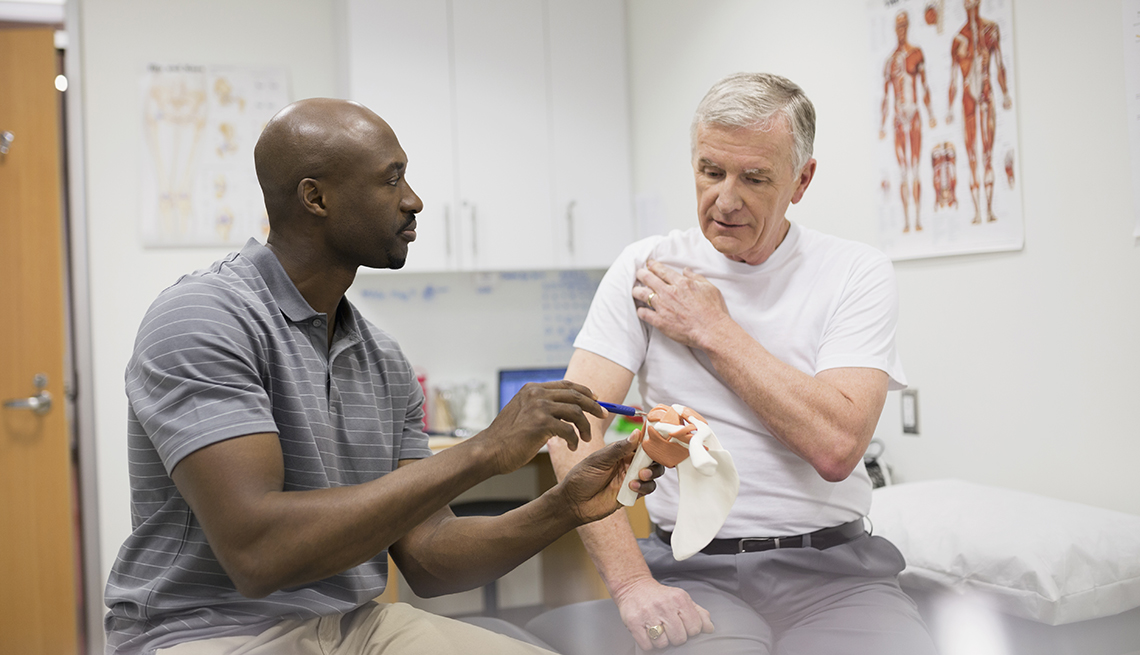
Persistent discomfort affects numerous of people globally and can significantly diminish the quality of living. It can result from multiple conditions, such as arthritis, chronic pain syndrome, or previous injuries. While drugs and therapies are frequently used to control pain, a expanding body of studies shows that exercise can serve a crucial role in relieving chronic pain. Engaging in consistent physical activity can not only assist reduce pain intensity but also improve overall health and functionality. Comprehending how exercise impacts the physical state can empower patients to take control of their pain relief.
Physical activity has several physical benefits that can aid alleviate chronic pain. When individuals participate in exercise activities, their bodies produce endorphins, which are innate pain-killers. Additionally, exercise can boost blood flow and fortify muscles, providing superior support for joints. For those with conditions like arthritis, low-impact workouts such as swimming or cycling can help maintain joint flexibility without placing excessive strain on the system. Regular exercise also helps in maintaining a healthy weight, which can reduce the stress on weight-bearing joints and further ease pain.
In furthermore to its physical benefits, exercise has a positive impact on mental health. Chronic pain can often that site lead to emotions of anxiety and depression, which can exacerbate the experience of pain. Engaging in consistent physical exercise can help combat these feelings by boosting self-esteem and elevating mood. Group exercises, such as yoga or pilates, also provide communal interaction, which can improve emotional backing. This mixture of bodily and mental health benefits makes exercise an essential component of a comprehensive pain management strategy.
It is crucial to tackle exercise with caution, particularly for those dealing with chronic pain. Starting slowly is vital to prevent worsening symptoms. Patients should consider consulting healthcare professionals to develop a tailored exercise program that considers into account their specific conditions and limitations. Exercises such as stretching, walking, or light yoga can be excellent starting points. Gradually boosting the effort and length of workouts can help build strength and endurance without causing undue strain on the system.
In conclusion, harnessing the power of exercise can substantially reduce chronic pain and enhance standard of life. Regular physical activity not only helps to lessen pain through the release of endorphins and enhanced muscle strength but also promotes mental well-being. By incorporating exercise into regular routines, patients can enable themselves in managing their pain. A careful and knowledgeable method to exercise, guided by healthcare experts, can lead to lasting improvements in health and overall standard of life.